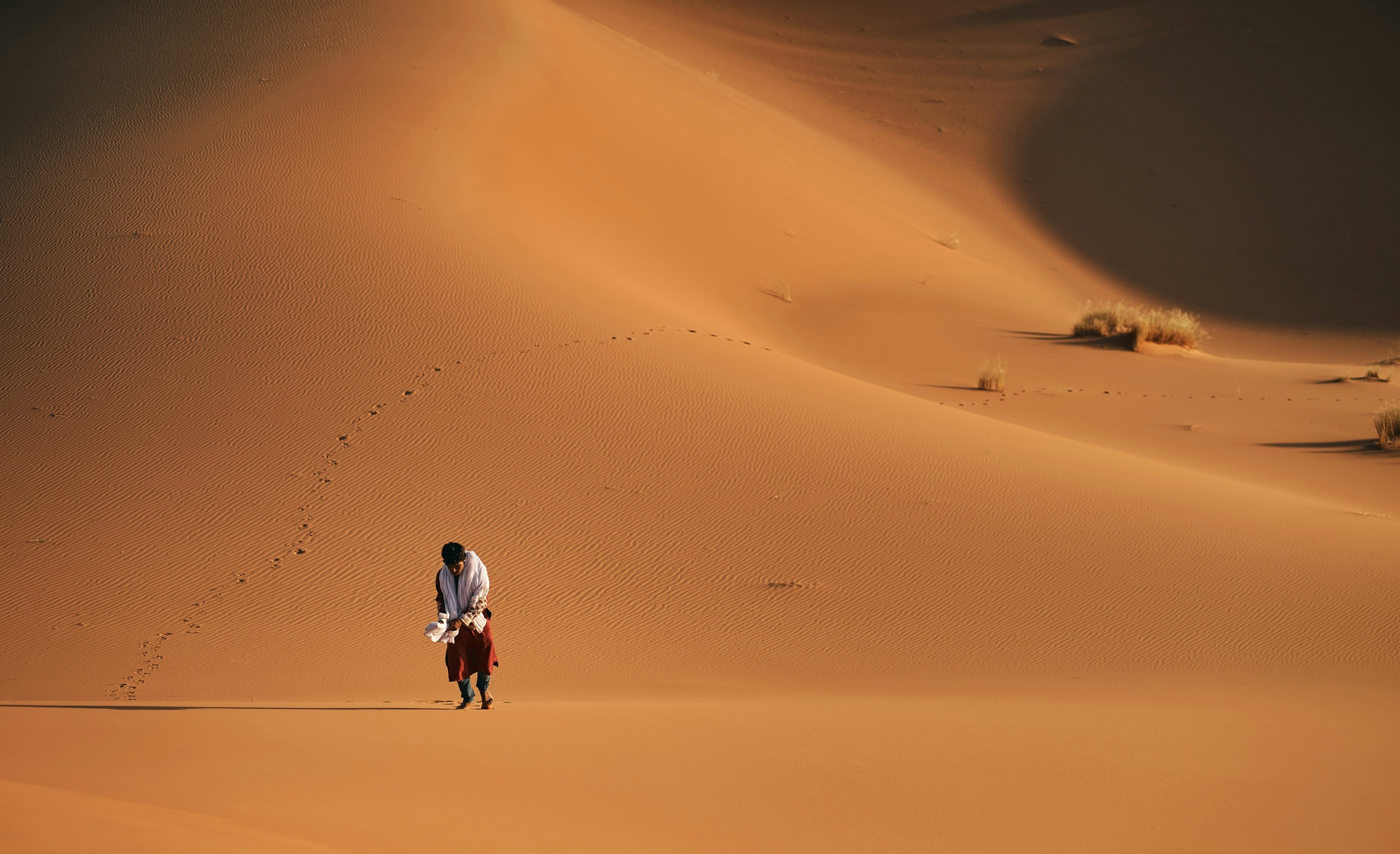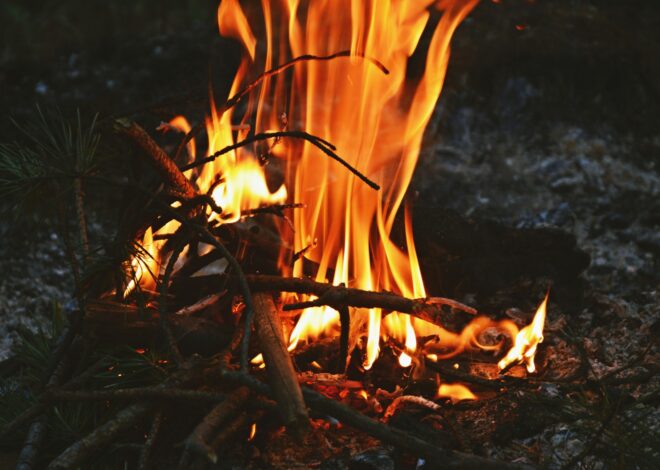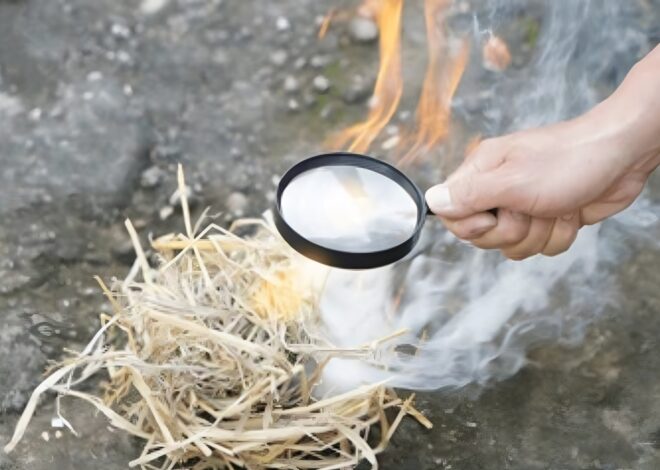
Surviving In The Dessert
Join us as we unravel the art of surviving in the desert, where every grain of sand tells a story of strength, adaptability, and perseverance.
Welcome to the scorching heat of the desert, where survival is a gritty dance between man and nature. The unforgiving landscape holds secrets only the resilient can uncover.
Are you ready to embrace the challenge? Let’s dive into the heart of this harsh but awe-inspiring environment together.
Understanding the Challenges of Surviving in the Desert
The desert presents a harsh and unforgiving environment for those unprepared. The scorching heat during the day can quickly lead to dehydration and heatstroke if precautions are not taken. At night, temperatures plummet, posing a different set of challenges as keeping warm becomes crucial.
Water scarcity is a primary concern in the desert, with limited sources available. Finding potable water requires resourcefulness and knowledge of where to look for hidden reservoirs or natural springs. Additionally, food sources are scarce, requiring individuals to be adept at identifying edible plants or animals that can sustain them.
Navigating vast expanses of sand dunes or rocky terrain can prove difficult without proper tools like maps, compasses, or GPS devices. Signaling for help in remote locations also poses challenges due to limited visibility in the vast openness of the desert landscape.
Surviving in the desert demands resilience, adaptability, and an understanding of its unique challenges to increase one’s chances of making it out alive.
Essential Skills and Knowledge for Survival
When it comes to surviving in the desert, having essential skills and knowledge is crucial. Understanding how to navigate the harsh terrain, identify potential water sources, and build shelter are all key components of desert survival.
One must know how to read the signs of nature, such as animal tracks or wind patterns, to locate water sources. In a desert environment where water is scarce, this skill can be a lifesaver.
Being able to construct temporary shelters using natural materials like rocks and branches can provide protection from extreme temperatures and harsh elements. Knowing how to insulate yourself from the heat during the day and cold at night is essential for survival.
Additionally, having basic first aid knowledge is vital in case of injuries or dehydration. Being prepared with supplies like bandages, antiseptics, and electrolyte tablets can make a significant difference in a survival situation.
Being equipped with these essential skills and knowledge increases your chances of successfully navigating through and surviving in the unforgiving desert environment.
Building Shelter and Finding Water Sources
When finding yourself in a desert survival situation, building a shelter and locating water sources are crucial for your well-being. The scorching sun during the day and freezing temperatures at night make having proper shelter essential. Look for natural formations like caves or rock overhangs for immediate protection from the elements.
If no natural shelters are available, you can construct one using whatever resources you find around you such as branches, leaves, and any material that can provide insulation from heat or cold. Make sure your shelter is sturdy enough to withstand wind gusts common in desert environments.
In addition to shelter, finding water is vital for survival in the desert. Be on the lookout for signs of water sources like vegetation, animal tracks converging, or low-lying areas where water might collect after rainfall. Remember that not all sources are safe to drink from; always purify water before consumption to avoid dehydration or illness.
By prioritizing building a suitable shelter and locating reliable water sources early on in a desert survival scenario, you increase your chances of enduring the harsh conditions until help arrives.
Foraging for Food in the Desert
Surviving in the desert is a test of resilience and resourcefulness. When it comes to foraging for food in this harsh environment, knowledge is key. Desert plants like prickly pear cactus or mesquite beans can provide vital nutrients if you know how to harvest them safely.
Insects such as grasshoppers or ants can be a good source of protein in the desert. Learning which ones are safe to eat and how to prepare them can make a difference between hunger and sustenance. It’s crucial to avoid toxic plants like water hemlock or death camas that could be fatal if ingested.
Foraging for food in the desert requires patience and caution. Look out for animal tracks near water sources as they might lead you to potential prey like rodents or lizards. Understanding the ecosystem and adapting your diet accordingly is essential for survival in this unforgiving landscape where resources are scarce but not nonexistent.
Tools and Techniques for Navigation and Signaling for Help
Navigating in the desert can be a challenging task, especially when landmarks are scarce and the terrain seems endless. Having the right tools and techniques at your disposal is crucial for finding your way out or signaling for help in case of an emergency.
One essential tool for navigation is a reliable compass, which can help you maintain a sense of direction even when everything looks the same. A map of the area, if available, can also provide valuable information about potential water sources or shelter locations.
Learning how to read natural signs like wind patterns, animal tracks, and vegetation can also aid in navigating through the desert. Paying attention to subtle cues that nature provides might just lead you to safety.
In terms of signaling for help, carrying a whistle or mirror can attract attention from afar. Building signal fires using dry vegetation during daylight or lighting up flares at night are effective ways to alert rescuers of your presence.
Being equipped with knowledge and tools for navigation and signaling increases your chances of survival in the harsh desert environment.
Mental and Emotional Preparation
When it comes to surviving in the desert, mental and emotional preparation is just as crucial as physical skills. The harsh conditions and isolation can take a toll on even the most experienced individuals. It’s essential to stay calm and focused, no matter how challenging the situation may be.
One key aspect of mental preparedness is maintaining a positive mindset. By staying optimistic and determined, you can boost your resilience in the face of adversity. Remembering why you are fighting to survive can provide motivation during tough times.
Additionally, learning relaxation techniques such as deep breathing or visualization exercises can help manage stress levels. Keeping a clear head will allow you to make rational decisions when faced with difficult choices.
It’s also important to acknowledge any fear or anxiety you may feel and address them proactively. By confronting your emotions head-on, you can prevent them from overwhelming you in critical situations.
Mental strength is a powerful tool in surviving the desert. Stay mentally sharp, emotionally resilient, and remember that your mindset could be the difference between thriving and merely surviving in this challenging environment.
Real-Life Stories of Successful Desert Survival
Imagine finding yourself lost in the scorching desert, with no one around for miles. In one remarkable survival story, a seasoned hiker made headlines when he used his knowledge of the sun’s movement to navigate his way out of the vast desert expanse. His determination and resourcefulness kept him alive until help arrived.
In another gripping tale, a group of friends on a camping trip faced unexpected challenges when their vehicle broke down in the unforgiving desert terrain. By rationing their supplies, staying calm under pressure, and working together as a team, they successfully endured several days before finally being rescued by passing travelers.
These real-life accounts serve as powerful reminders of the resilience of the human spirit and the importance of preparedness when venturing into harsh environments like the desert. Each story is a testament to courage, quick thinking, and adaptability in facing life-threatening situations head-on.
Conclusion: The Importance of Preparedness and Adaptability
Surviving in the desert is a challenging feat that requires a combination of skills, knowledge, and mental preparedness. By understanding the harsh environment, learning essential survival techniques, and staying adaptable to changing circumstances, individuals can increase their chances of making it out alive.
Preparedness is key when venturing into the desert. Knowing how to find shelter, water sources, and food can mean the difference between life and death. Equally important is being mentally prepared for the challenges ahead. Maintaining a positive mindset and staying focused on survival goals can help individuals overcome obstacles they may face.
Adaptability is another crucial aspect of surviving in the desert. The ability to adjust plans based on new information or unexpected events can greatly improve one’s chances of getting through tough situations. Flexibility in thinking and actions can lead to creative solutions that make all the difference in a survival scenario.
In conclusion: Surviving in the desert requires a unique set of skills and qualities. By being prepared, adaptable, and resilient, individuals can navigate this unforgiving environment successfully. Remembering these key principles could be what stands between life and death when faced with the challenges of surviving in the desert wilderness.



